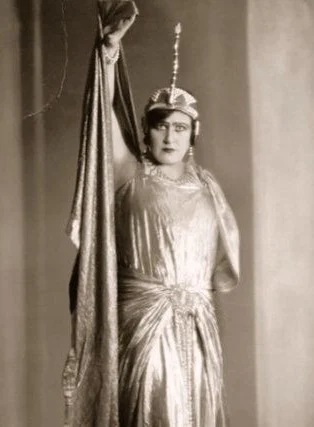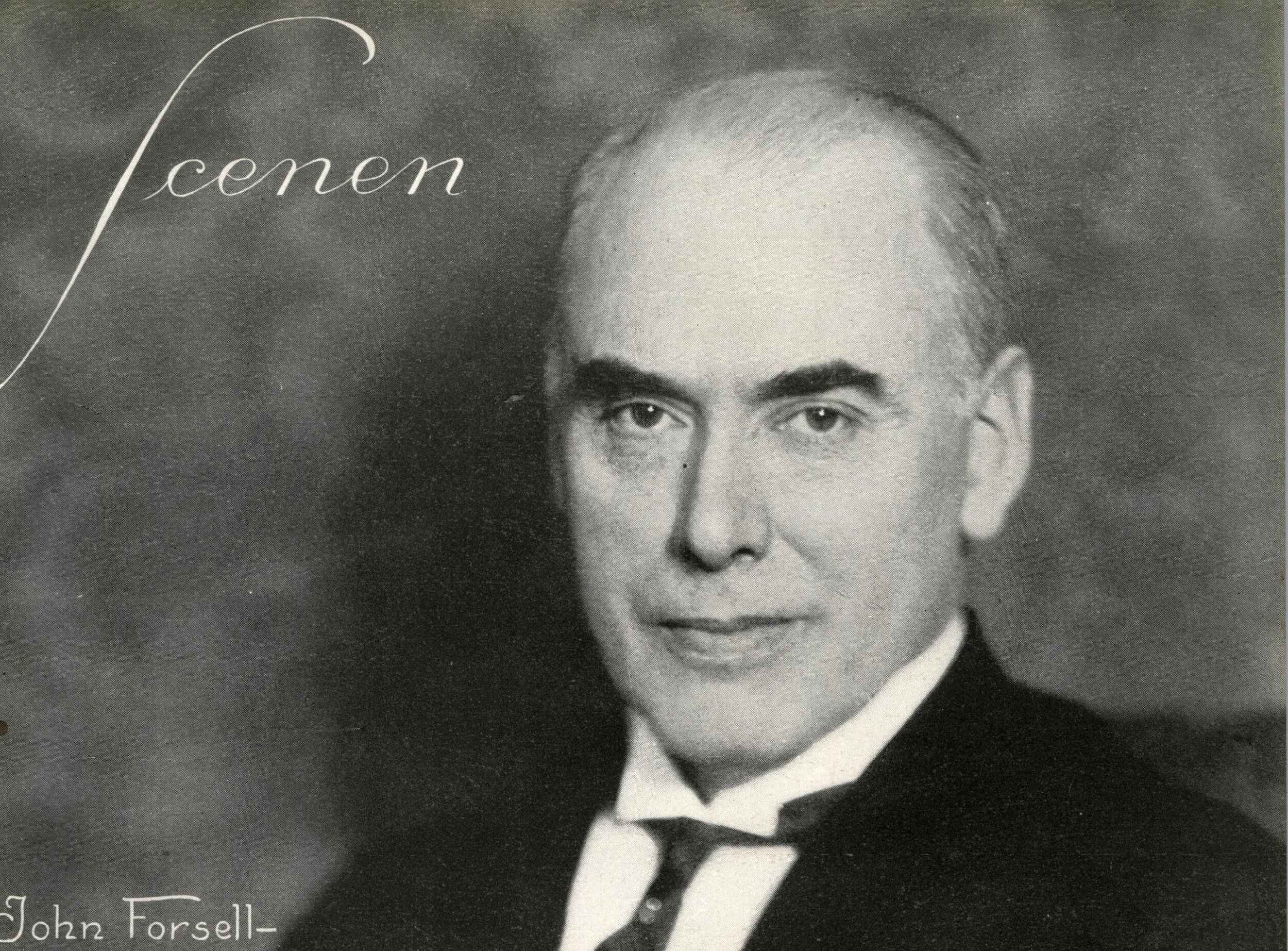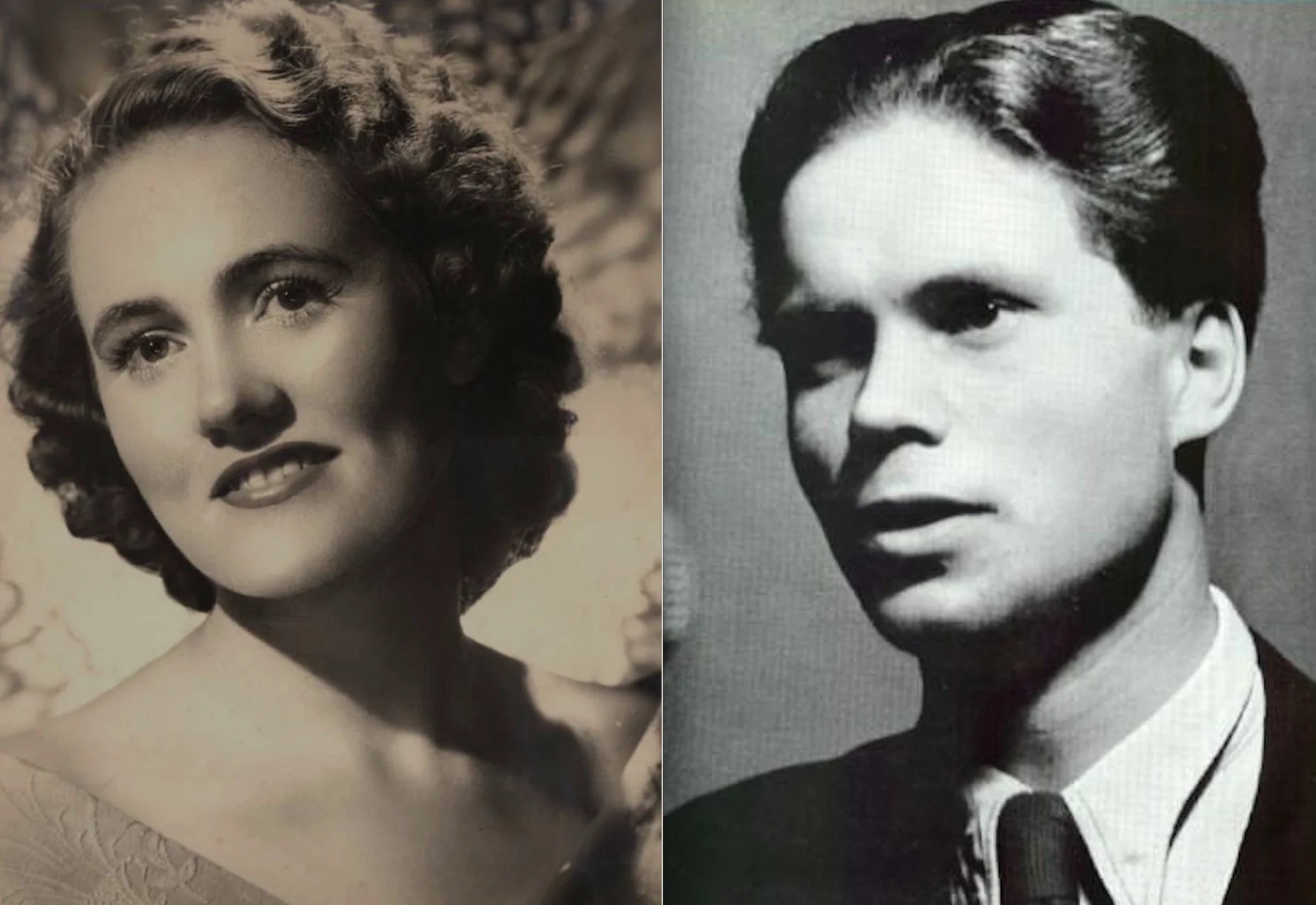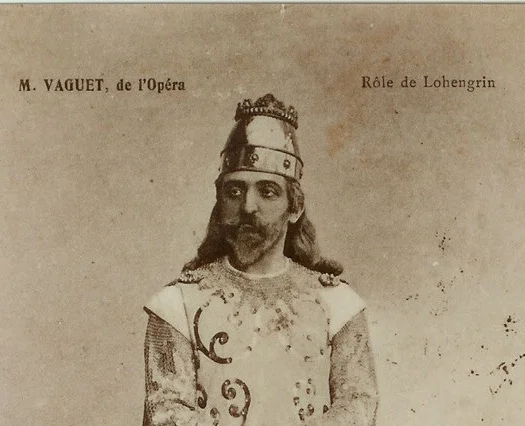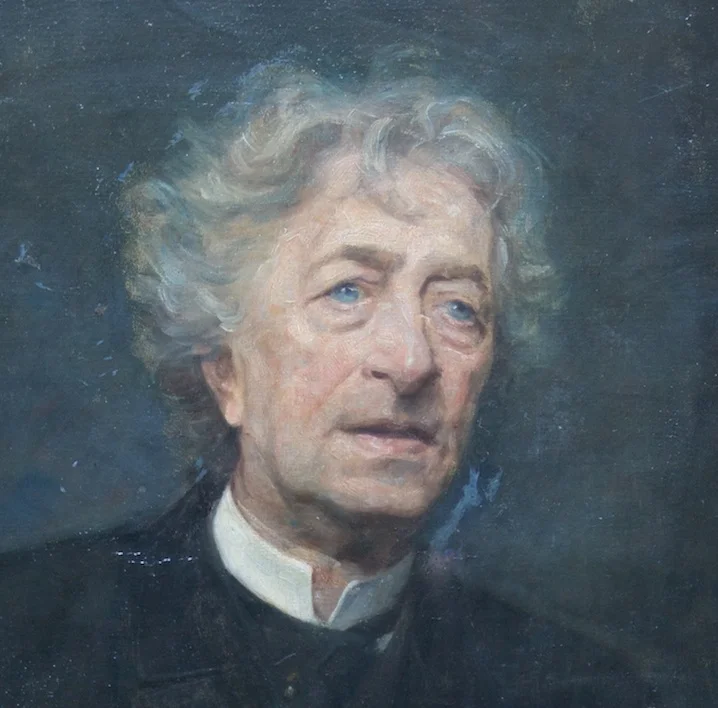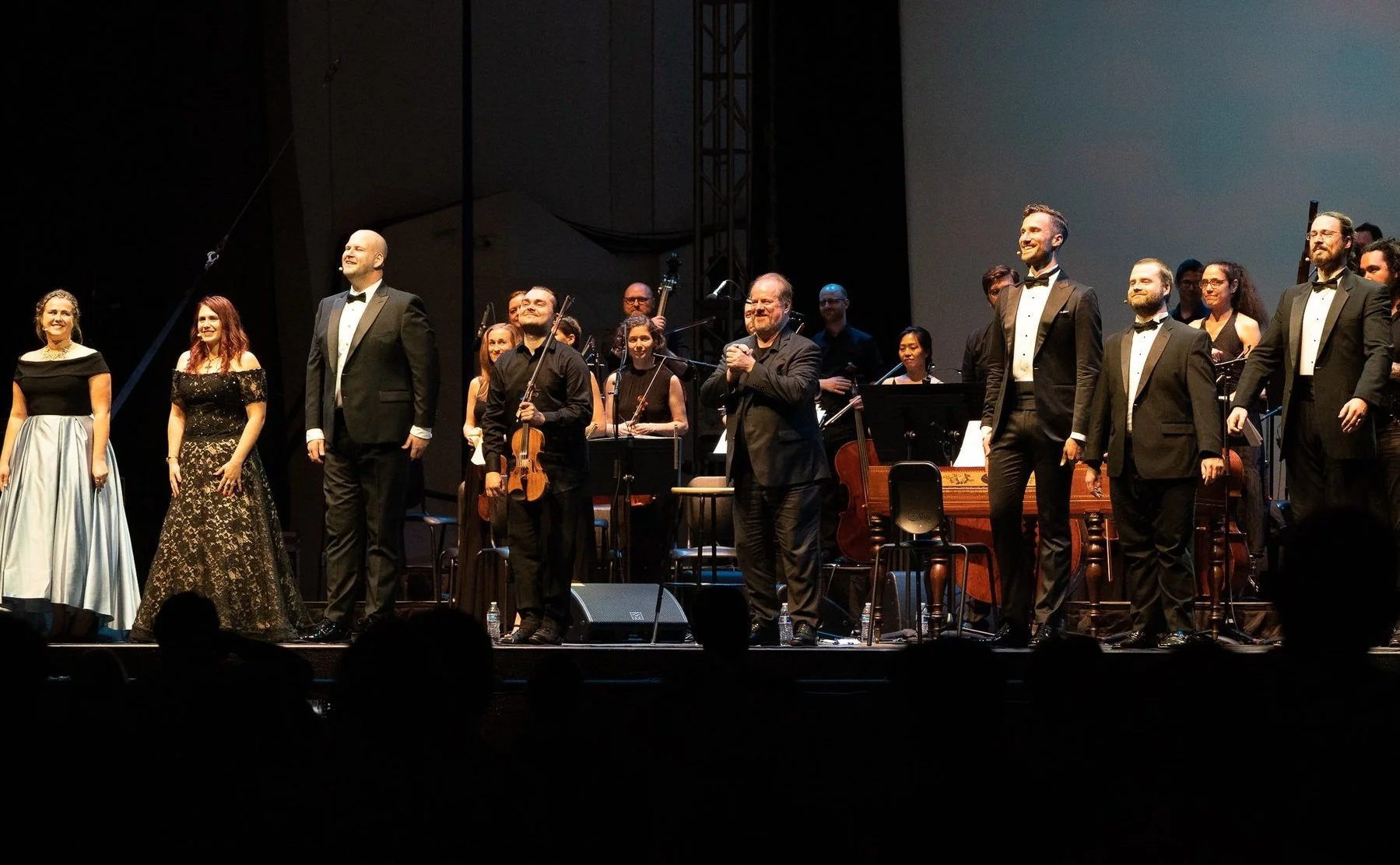Mehmed the Conqueror, the Historical Maometto
/by Gregory Moomjy
Mehmet II (Maometto), 15th-century Turkish miniature
Rossini’s Maometto Secondo is about a figure largely unknown to American audiences, who do not traditionally study the history of the Ottoman Empire in any detail. But a familiar song from the 1950s can help as a starting point. “Istanbul Not Constantinople,” inane as it is, drills one crucial fact into the listener’s brain: the capital of the Byzantine Empire, known as Constantinople in honor of its founder Constantine I, was renamed Istanbul when it fell to the Ottomans in 1453. Shortly thereafter it became the capital of their empire, and remained so until its dissolution in 1923.
Mehmed II (1432-1481)—translated to Maometto in Italian, sometimes spelled Mehmet in English—was the man responsible for the name-change immortalized in that earworm. He ruled twice, first from 1444-1446 and then from 1451-1481, when he saw the Ottoman Empire out of crisis and fulfilled a destiny foretold by the Prophet Muhammad: that Constantinople would become a bastion of Islam. During his reign, Istanbul emerged as the center of a multicultural empire.
Here are some basic background facts. The name Ottoman is actually a European corruption of “Osman.” The Ottoman Empire (1299-1923) was founded by the Turkish tribal leader Osman I, who reigned from 1299 to 1323/4. For 600 years, the empire was ruled by one family, known as the house of Osman. It is the last of three major Muslim Empires, and the only one to be a major player in European politics. At its height, the empire stretched over three continents—Europe, Asia, and North Africa. The principle duty of all Ottoman sultans was to expand the reach of Islam. To that end, the central point of a new emperor’s accession ceremony was not the donning of a crown, but the girding of a dagger on the ruler’s belt.
A Muslim empire had two religious documents at its core—the Quran and the Hadith. Believers consider the Quran to be the unerring, unadulterated word of God as told by the Prophet Muhammad. The Hadith is a collection of proverbs, anecdotes, and other commentaries about the Prophet and his life. Both sources decree that the faithful would one day conquer Constantinople. Mehmet II brought the prophecy to fruition at the age of twenty-one.
He was part of the first group of ten major sultans who helped the empire acquire all the territory that it would occupy at its zenith. The empire had risked collapse when it was defeated in 1402 at the battle of Angora (Ankara) by the Mongol leader Tamerlane. (Opera lovers may know him through Handel’s Tamerlano of 1724). Tamerlane divided the Ottoman Empire into two parts: one based in the Balkans and the other in Anatolia, or modern-day Turkey. As a result, Ottoman rulers were forced to reinvent the governing structure of the empire. Previously, the sultans collected tributes from conquered provinces that were still governed by Christian princes in the Balkans, or members of competing Muslim noble families in Anatolia. Under Mehmed II, conquered territories came to be ruled by Janissaries—soldiers conscripted from the Empire’s religious minorities, and indoctrinated to become loyal to the Sultan. After conscription as children, Janissaries converted to Islam.
Students of political science will recognize this structure of governance in the Ottoman state from Machiavelli’s The Prince. There, he contrasts the centralized authority of the Ottoman Sultanate with the monarchies of Western Europe where the crowned heads of state were sometimes captive to the interests of the nobility. Mehmed II would continue this system as he conquered further territory in the Balkans and Asia Minor. By his death in 1481, he had absorbed all the territory of the former Byzantine Empire and styled himself as its Caesar. He also built up the Ottoman Navy to combat threats like the Venetians—Maometto’s principal adversaries in the opera.
Among the advances the Ottomans under Mehmed bequeathed to military history were the use of cannons as well as that of military bands—both featured to startling effect in Rossini’s opera. (At the Siege of Constantinople in 1453, the Ottomans fired the largest cannon known to the world, the Orban Bombard.) The greatest challenges to Mehmed’s empire came from Byzantium and Venice; Negroponte, the setting of Maometto, was a Venetian colony. It was governed by Paolo Erisso, who according to one source had a daughter named Anna. The real Anna apparently had no qualms about committing suicide once the island fell to the Ottomans, and history tells us nothing of a romantic relationship between her and Mehmed. That was invented by later dramatists, following the longstanding custom of portraying noble figures who struggled to balance personal desires with their political ambitions or duties. In the world of 18th-century opera seria, these noble characters were most often shown to succeed. Even if death occurred, it was shown to be merited; the crown itself was safe, and continued in more capable or deserving hands. However, after The French Revolution of 1789 and the beheadings of Louis XVI and Marie Antoinette, the world and the theater had to come to terms with the idea that kings were not invulnerable, nor royal houses immortal.
When Constantinople fell in 1453, it was not the city that it had been at the height of the Byzantine Empire. Its population had dwindled due to the ravages of plagues and crusades. However, Mehmed made the decision to rebuild Constantinople and make it the capital of his empire. He encouraged immigration into the city and negotiated with the nearby Genoese community, who had previously aided the Byzantines. Mehmed restored Constantinople to a vibrant cosmopolitan city.
The historical Mehmed was reputed fair to Christians, in some cases allowing rumors to circulate that he favored them as a group. This was presumably due to his desire to conquer Rome and reestablish the Roman Empire to its fullest extent. When his soldiers captured Constantinople, he allowed them three days to pillage, but stopped before major damage accrued. He famously designated the Hagia Sofia as a mosque. Dating from the reign of Justinian I (c. 482 - 565), the building is the best surviving example of Byzantine architecture. It was a museum for the past 90 years, until 2020 when President Recep Tayyip Erdoğan of Turkey converted it back into a mosque.
Maometto II brings one of history’s great politicians to the stage. Many scholars concur in calling him the greatest of Sultans, as he defined the Ottoman Empire both geographically and culturally. His legacy can still be seen in present-day Turkey.
Gregory Moomjy, a musicologist and journalist based in New York City, is the cofounder and Artistic Director of Opera Praktikos

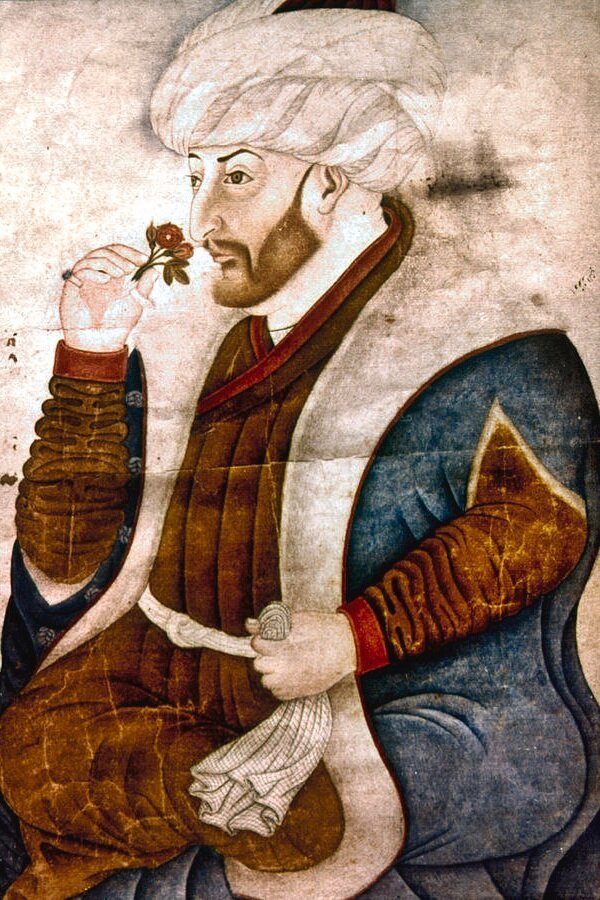
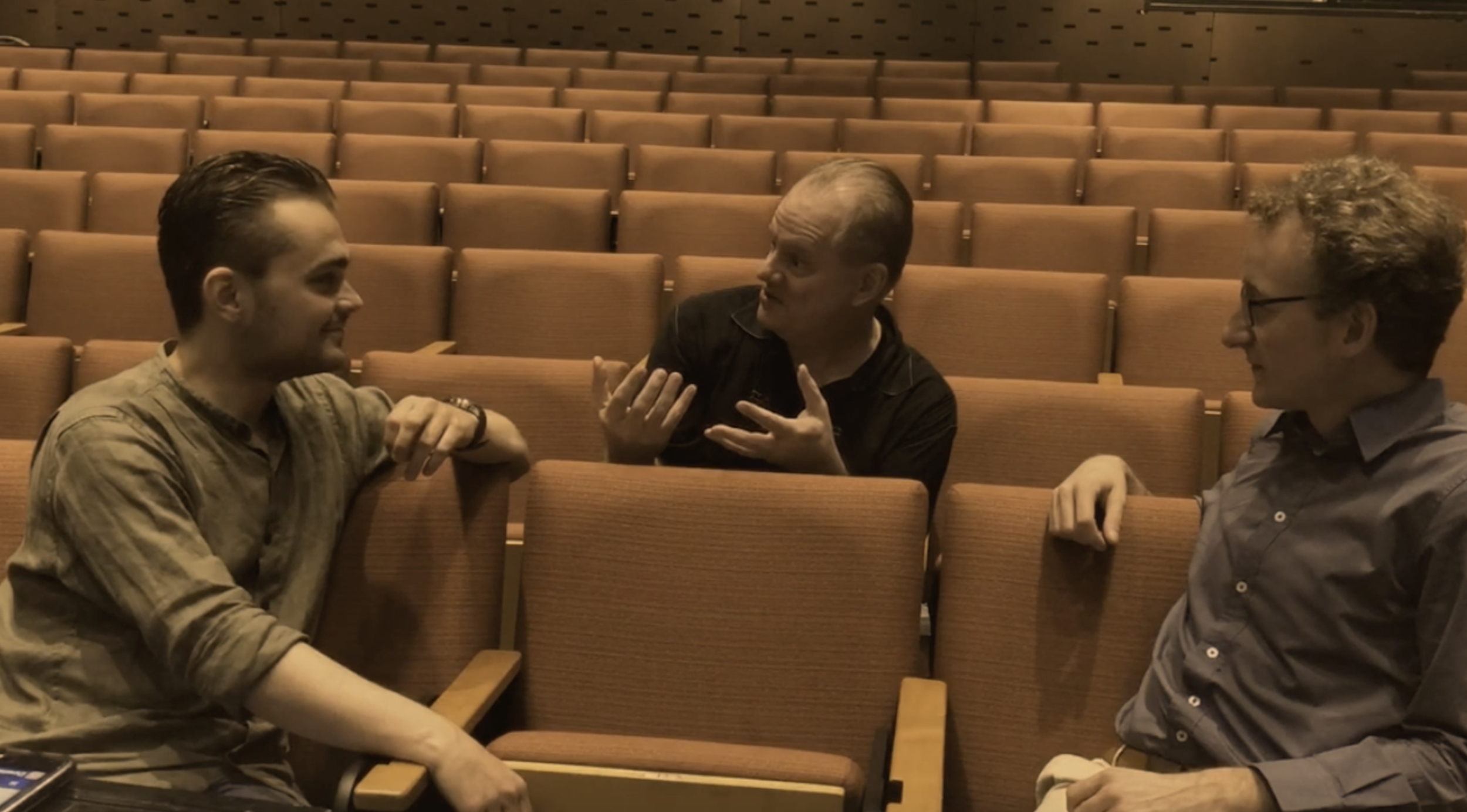
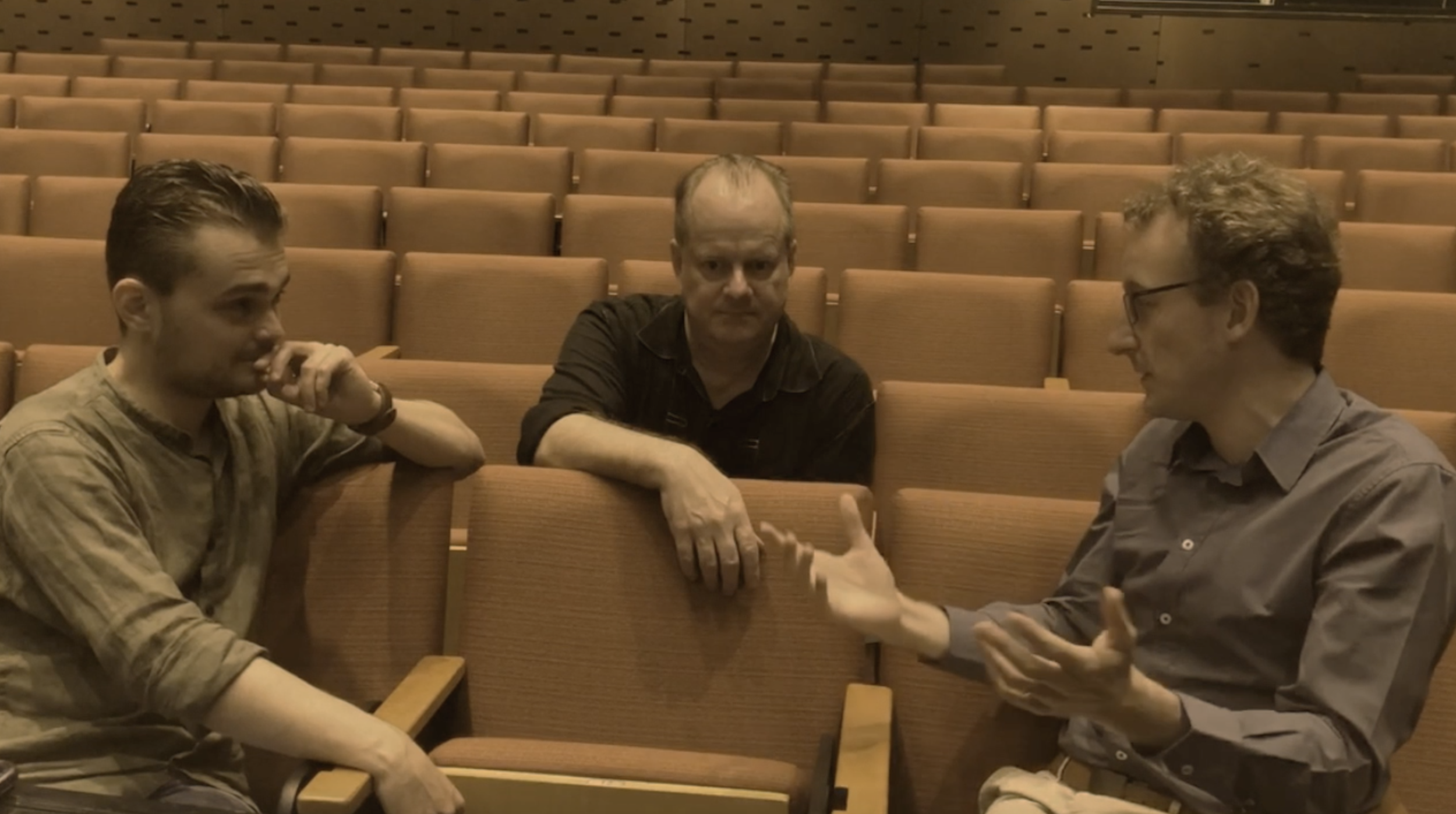
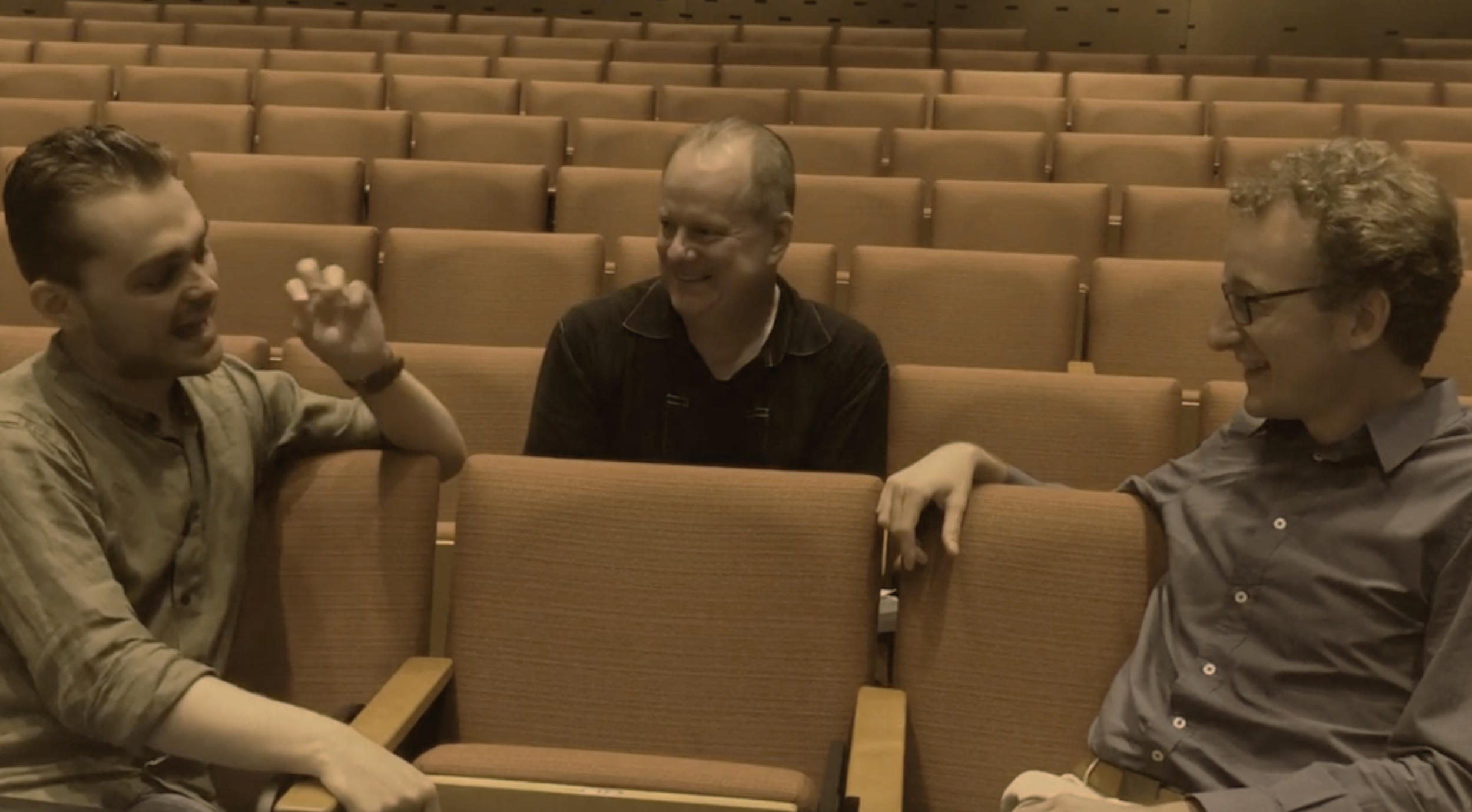














![Image 2 - Henry T. [Harry] Burleigh - Detroit Public Library.jpeg](https://images.squarespace-cdn.com/content/v1/596bb4e703596e837b624445/1591713684327-N7HW488JSZ7EN8T5AJSR/Image+2+-+Henry+T.+%5BHarry%5D+Burleigh+-+Detroit+Public+Library.jpeg)







